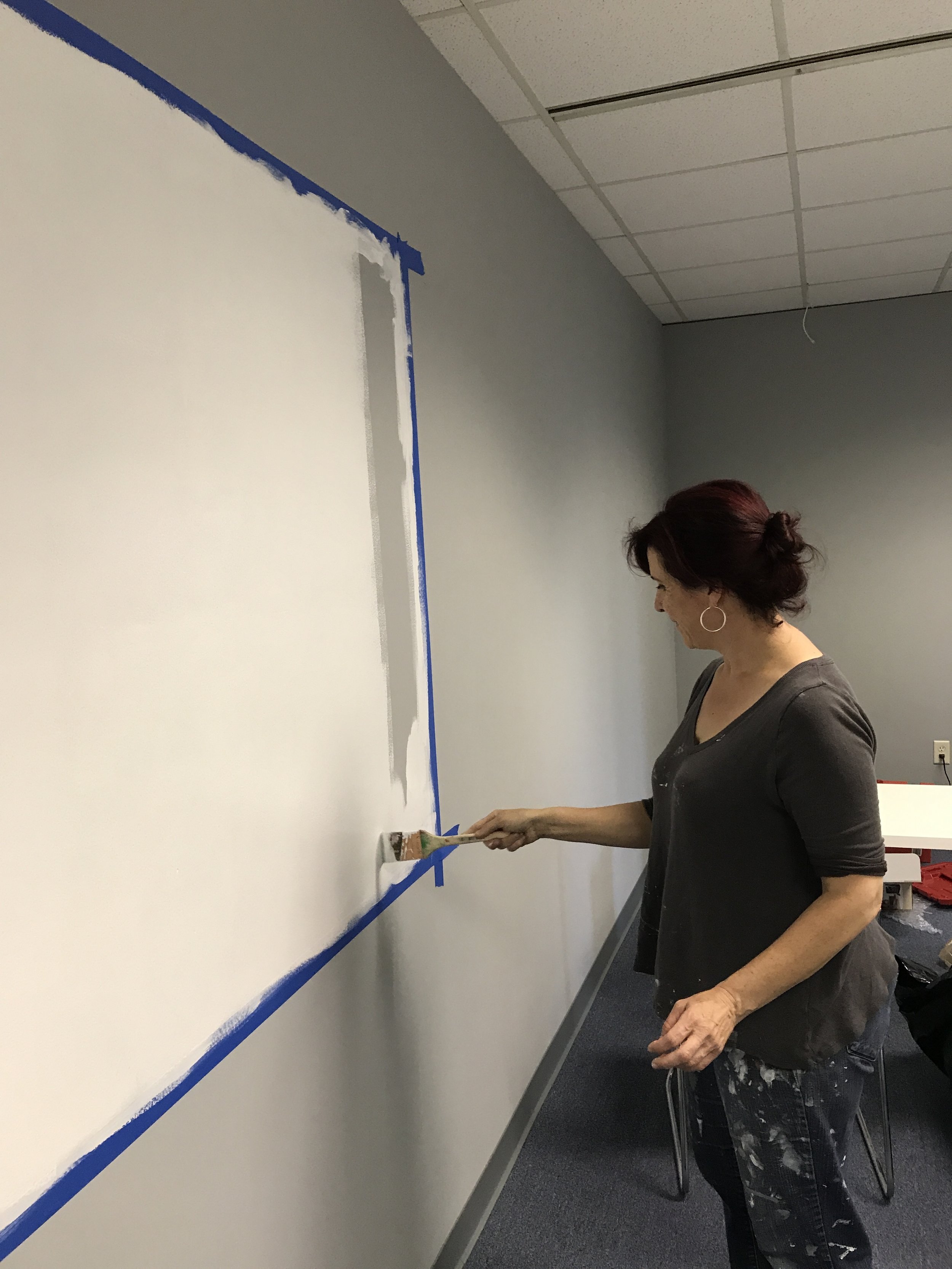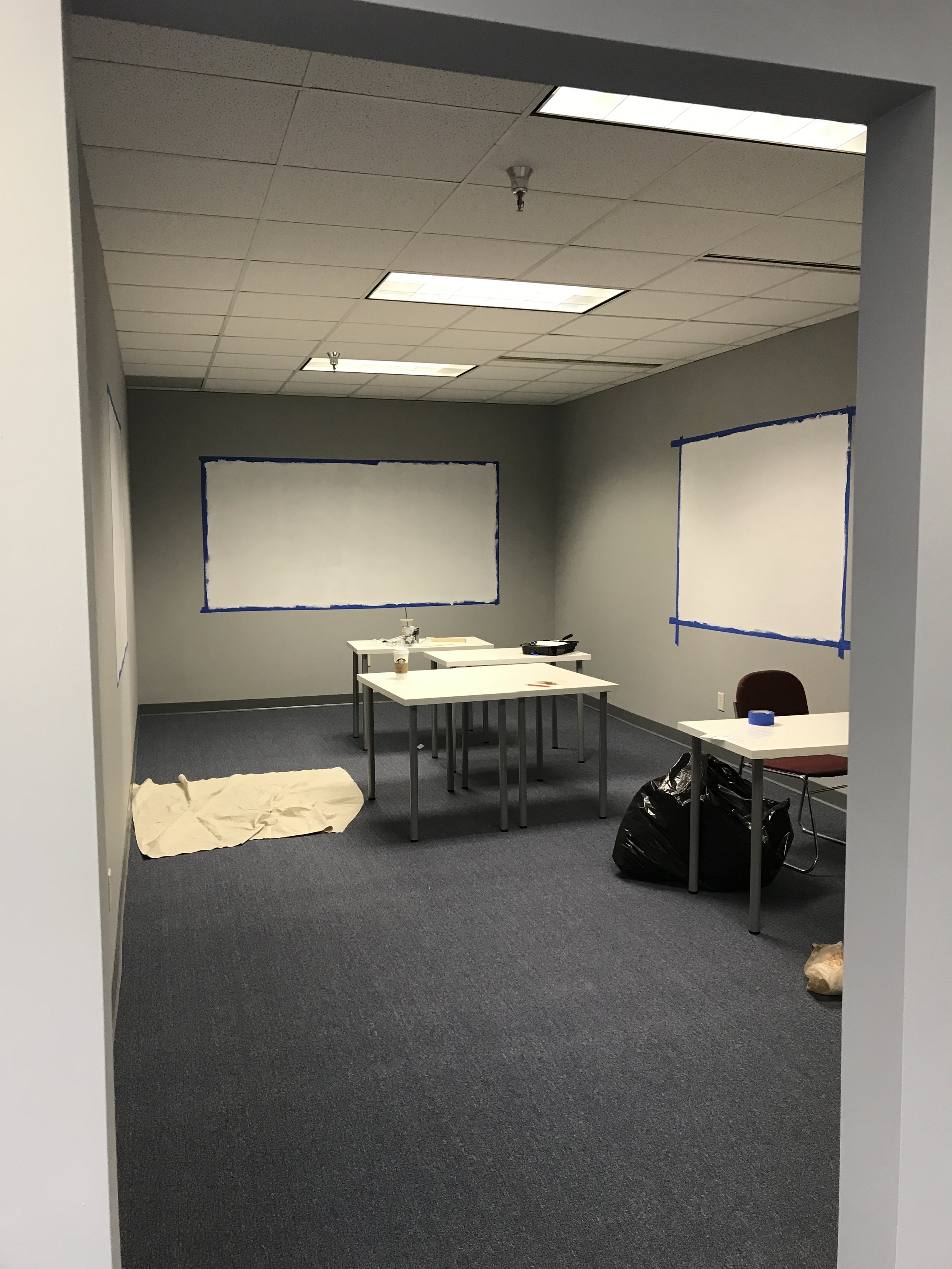This blog was originally published by Cortnee Jensen on October 2, 2016:
"I saw an episode of “The Big Bang Theory” where Sheldon and Raj were looking at data to identify anomalies that would indicate an object in space. Sheldon looked at the computer screen for about 3 seconds and said “Found one!” Raj told him that was impossible, but sure enough he had. Raj asked how he found it so quickly. Sheldon: “You know how when you see prime numbers they appear red but when they're twin primes they're pink and smell like gasoline?” Raj: “No?” Sheldon: “Huh, I guess I'm a special boy.”
While this may be an extreme version of pattern recognition, it is common for critical information to jump off the screen for some of our folks on the autism spectrum. Exceptional pattern recognition makes those individuals particularly efficient and accurate in data management tasks like data entry or data scrubbing. Likewise, user experience testing for apps and websites brings out their best. Identifying the errors or inconsistencies on a page or from page to page is engaging and even invigorating for them. Catching the thing that nobody else noticed gives them a chance to show off their super powers. Superman may have x-ray vision, but an eye for detail can be just as revealing."
Mind Shift would like to wish everybody a happy and safe Independence Day. We'll be closed on July 4th, and then back at it again on the 5th. If you want to learn more about how leveraging the strengths of the autism spectrum can benefit your business, email info@mindshift.works. You can do good work while doing good.













